IThe stories of animal extinctions from the past serve as cautionary tales, highlighting the fragile balance between human activity and the natural world. As we strive for progress, it’s critical to remember the lessons of history to avoid repeating the same devastating mistakes. Here are ten extinction stories that could repeat in our lifetime if we’re not vigilant.
1. The Passenger Pigeon

Once numbering in the billions, the passenger pigeon was a ubiquitous feature of North American skies until the early 20th century. These birds were hunted extensively for food, and their large flocks were an easy target for hunters. Despite its overwhelming numbers, the passenger pigeon became extinct in the wild by the year 1900, with the last known bird dying in captivity in 1914. According to the Smithsonian Institution, unregulated hunting and rapid habitat loss were the primary drivers of this shocking extinction.
Today, species like the Atlantic bluefin tuna face similar threats from overfishing and habitat degradation. If we do not implement sustainable fishing practices and international cooperation to regulate catches, we risk seeing these majestic fish disappear from our oceans. By learning from the passenger pigeon’s fate, we can take proactive steps to conserve marine biodiversity. Without such measures, the impact on marine ecosystems could be catastrophic.
2. The Tasmanian Tiger
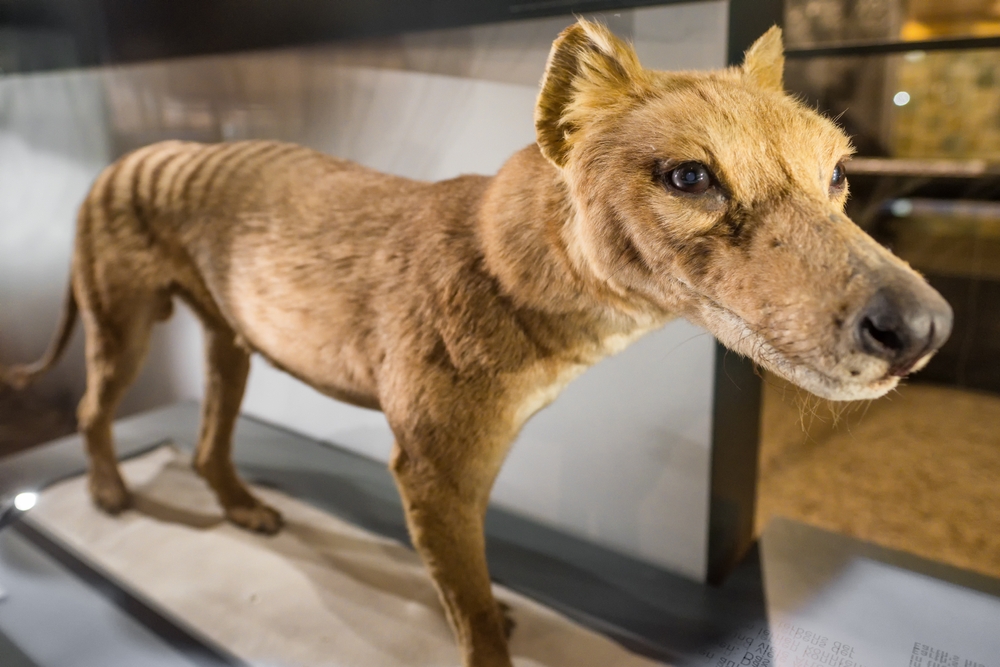
The Tasmanian tiger, or thylacine, was a unique marsupial native to Tasmania and mainland Australia. It was hunted to extinction in the early 20th century due to a combination of human persecution, habitat destruction, and competition with domestic animals. The last known thylacine died in a zoo in 1936, marking the end of a species that had once thrived in the region. The loss of the Tasmanian tiger serves as a stark reminder of the consequences of unchecked human expansion into natural habitats.
Much like the thylacine, the Amur leopard faces significant threats from habitat loss and poaching. With fewer than 100 individuals left in the wild, this rare big cat is on the brink of extinction. Protecting its habitat and enforcing anti-poaching laws are critical steps to ensuring its survival. The tragic story of the Tasmanian tiger underscores the urgency of taking action before it’s too late.
3. The Great Auk
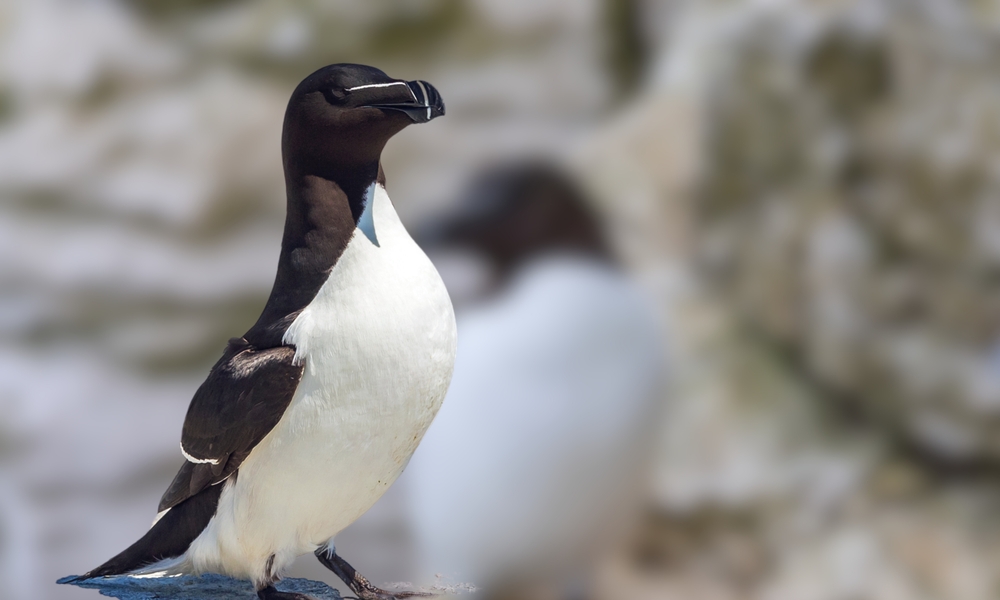
The great auk was a flightless bird that inhabited the North Atlantic, once found in large colonies across the region. It was hunted to extinction by the mid-19th century, primarily for its feathers, meat, and oil. The last known pair of great auks was killed in 1844, a senseless end for a species that had thrived for thousands of years. According to research conducted by the University of Copenhagen, the relentless hunting of the great auk serves as one of the earliest examples of human-driven extinction in the modern era.
Today, the story of the great auk echoes in the plight of the northern white rhino, with only a few individuals remaining. Poaching for their horns, driven by illegal wildlife trade, has decimated their population. Conservationists are racing against time to save the species through advanced reproductive technologies like IVF. The great auk’s story is a powerful reminder of the relentless pace at which humans can eradicate entire species.
4. The Caribbean Monk Seal
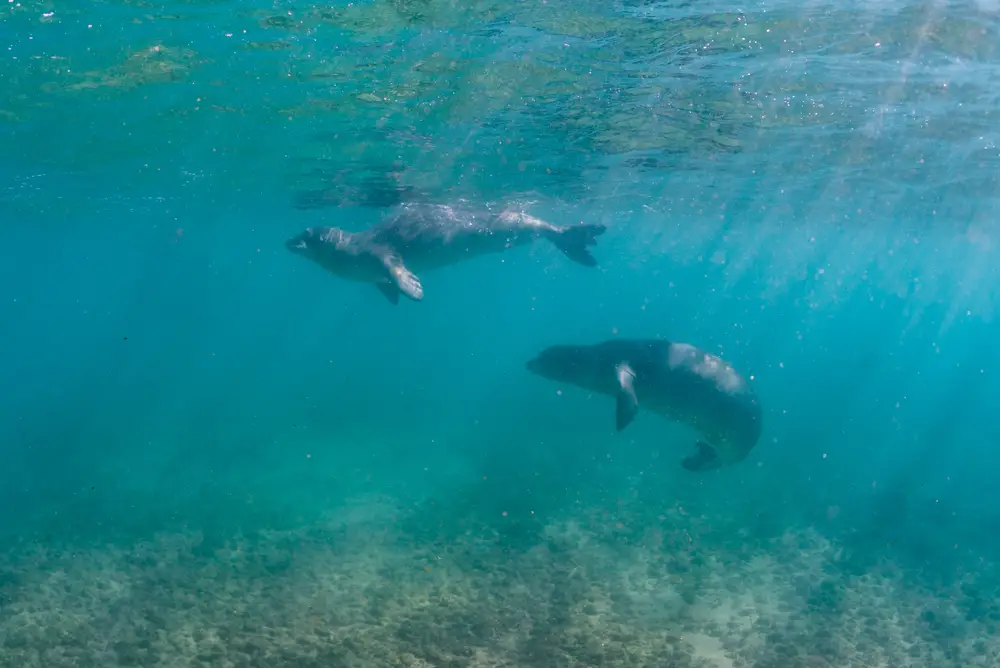
The Caribbean monk seal, once a common sight in the warm waters of the Caribbean, Gulf of Mexico, and West Atlantic Ocean, was last sighted in the 1950s. Overhunting and habitat destruction led to its extinction, with human activity proving to be its greatest adversary. The species was officially declared extinct in 2008, marking a somber end for these seals, which were often called “sea wolves” by European sailors. The loss of the Caribbean monk seal is a harsh lesson in the importance of marine conservation.
Similarly, the Hawaiian monk seal is currently on the endangered species list, facing threats from entanglement in fishing gear and human disturbances. Conservation efforts are underway to protect this critically endangered marine mammal, but the battle is ongoing. By addressing these threats and promoting sustainable practices, there is hope for the Hawaiian monk seal’s survival. The fate of the Caribbean monk seal serves as an urgent call-to-action for protecting our remaining marine biodiversity.
5. The Dodo
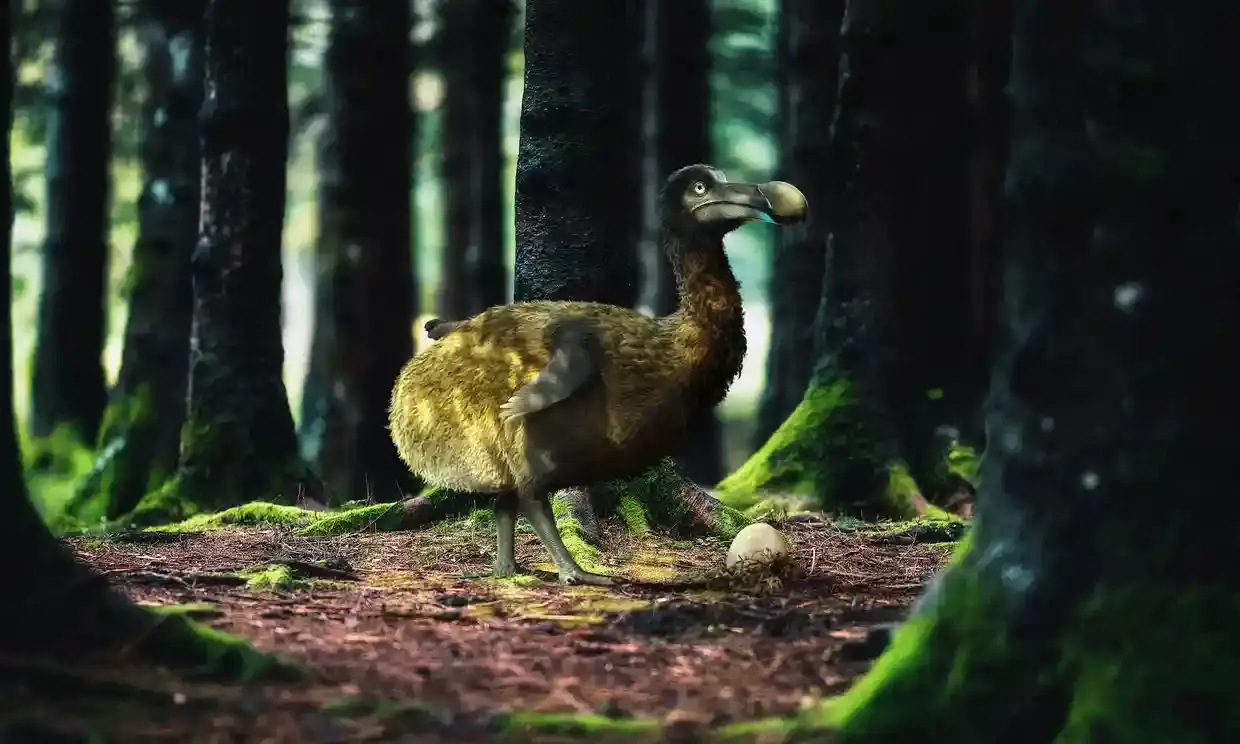
The dodo, a flightless bird that lived on the island of Mauritius, has become synonymous with extinction. It vanished by the late 17th century due to a combination of overhunting and the introduction of invasive species by European settlers. The dodo’s extinction became a poignant symbol of the irreversible impact humans can have on wildlife. A study published in the journal Science Advances highlights how the dodo’s demise was rapid and directly linked to human colonization.
In modern times, many island species face similar threats from invasive species and habitat loss. The Galápagos penguin, for example, is struggling to survive amidst changing climate conditions and human encroachment. Conservation efforts are crucial to preserve these unique species and their ecosystems. The legacy of the dodo serves as an enduring reminder of the importance of safeguarding biodiversity before it disappears.
6. The Steller’s Sea Cow
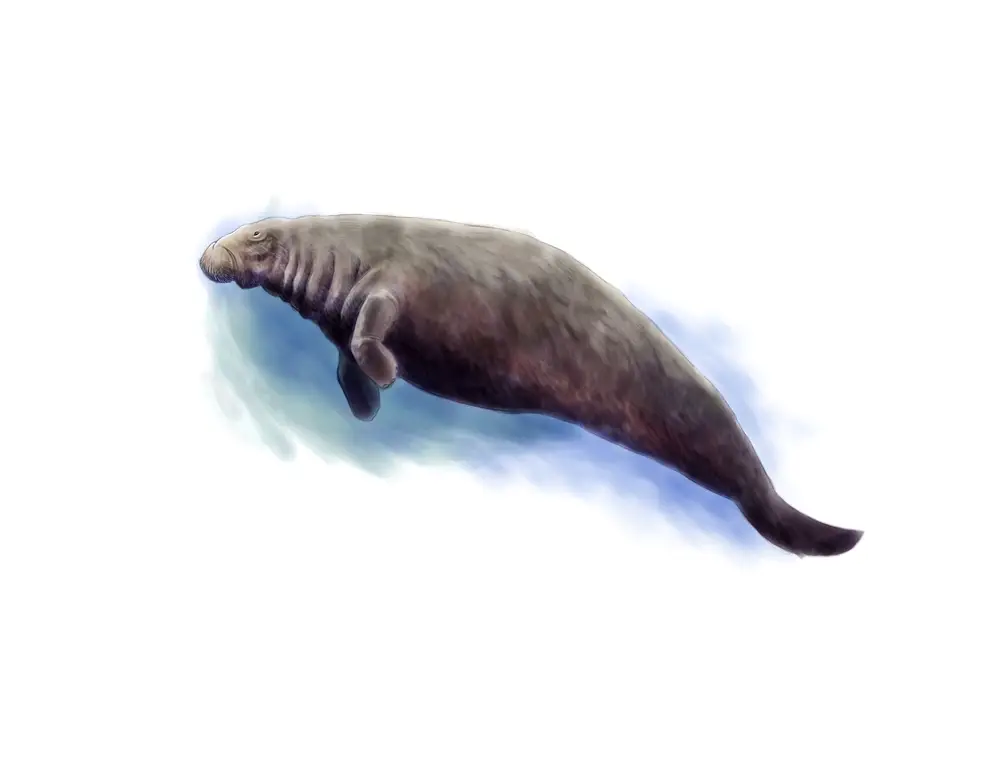
Steller’s sea cow was a massive marine mammal discovered in the North Pacific in the 18th century. Unfortunately, it was hunted to extinction within 27 years of its discovery due to its docile nature and the abundance of meat it provided. The extinction of the Steller’s sea cow is an illustration of how quickly human exploitation can wipe out an entire species. This profound loss underscores the need for sustainable practices in the hunting and fishing industries.
Today, the vaquita, a small porpoise native to the northern part of the Gulf of California, faces a similar threat. With fewer than 20 individuals remaining, this elusive creature is on the brink of extinction due to illegal fishing activities. Efforts to save the vaquita are complicated, but they highlight the urgency of coordinated global conservation initiatives. The story of the Steller’s sea cow serves as a grim reminder of the consequences of human greed and inaction.
7. The Pyrenean Ibex
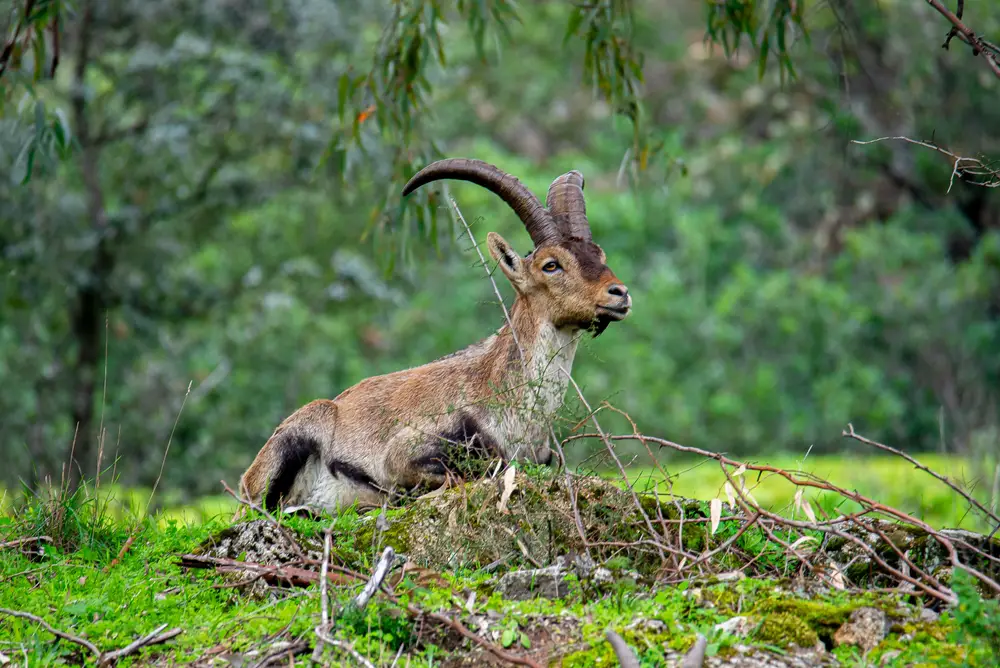
The Pyrenean ibex, a species of wild goat native to the Iberian Peninsula, went extinct in 2000. The last known individual, a female named Celia, died in northern Spain, marking the end of a species that had once roamed the Pyrenees. The causes of its extinction included overhunting and diseases introduced by domestic livestock. A study conducted by the Spanish National Research Council cited habitat loss and lack of genetic diversity as contributing factors to the Pyrenean ibex’s demise.
Today, the Javan rhinoceros is teetering on the brink of extinction, with only a few dozen left in the wild. Like the Pyrenean ibex, the Javan rhinoceros is threatened by habitat destruction and poaching. Conservationists are working tirelessly to protect its habitat and prevent its extinction. The story of the Pyrenean ibex highlights the importance of preserving genetic diversity and natural habitats to ensure the survival of endangered species.
8. The Golden Toad
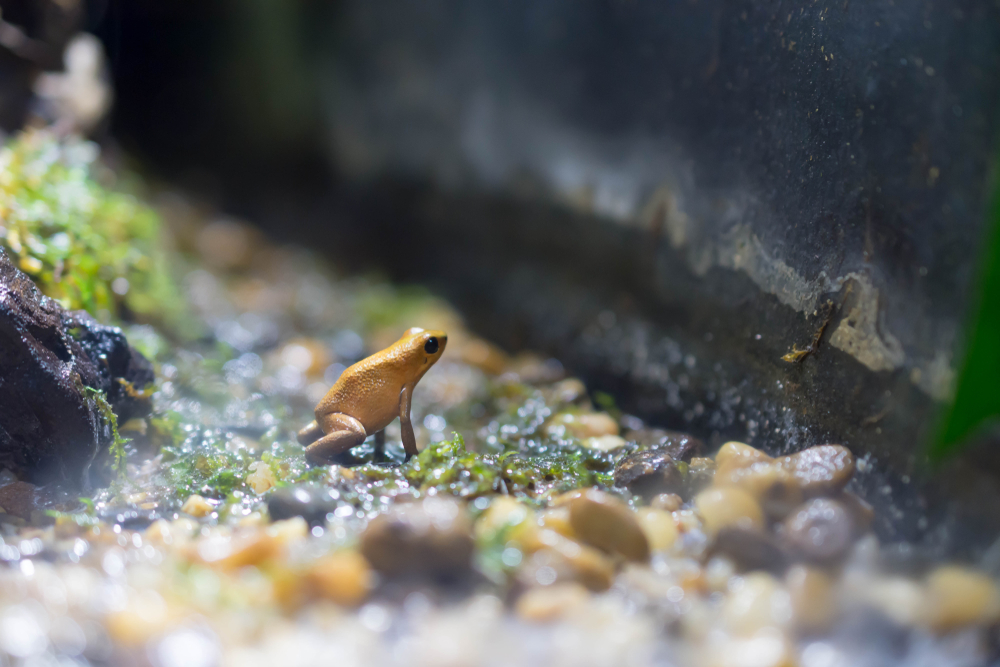
The golden toad, native to the cloud forests of Costa Rica, was a striking amphibian known for its vibrant coloration. It vanished in the late 1980s, with its extinction largely attributed to climate change and a fungal disease that affected amphibians worldwide. The disappearance of the golden toad is a sobering example of how environmental changes can have a devastating impact on vulnerable species. Its extinction is often cited as a harbinger of the broader biodiversity crisis we face today.
Other amphibians, like the Panamanian golden frog, are battling similar challenges from climate change and disease. Conservationists are using captive breeding programs and habitat restoration to try to save these species from extinction. The story of the golden toad serves as a poignant reminder of the urgent need to address environmental threats and preserve endangered species. Without intervention, we risk losing more unique creatures to the same fate.
9. The Quagga
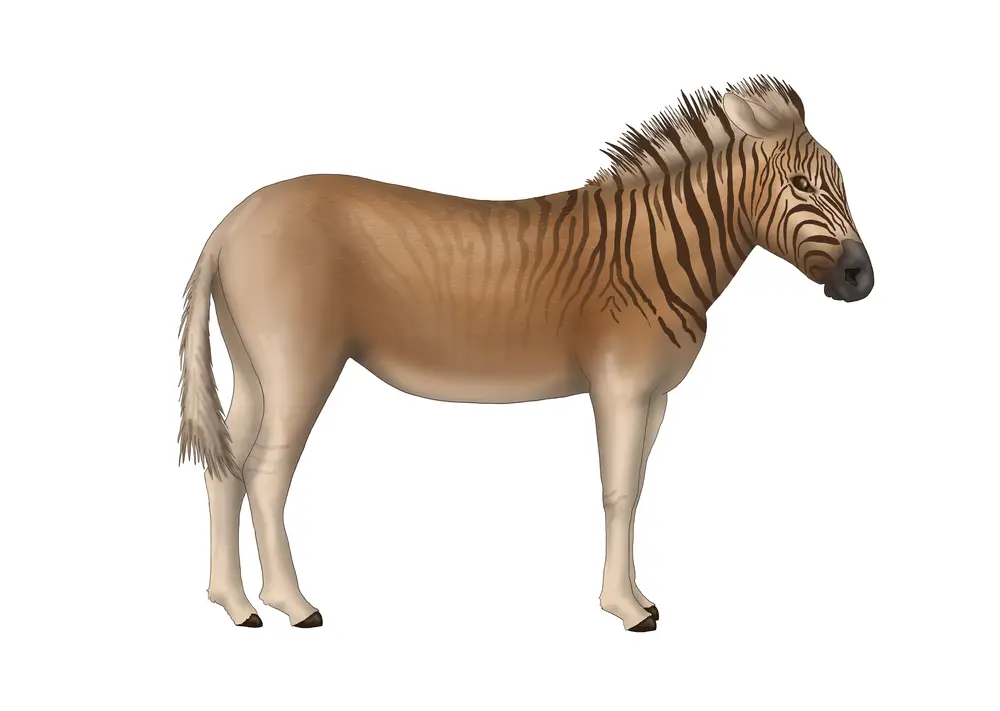
The quagga, a subspecies of the plains zebra, once roamed the grasslands of South Africa in large herds. By the late 19th century, it had been hunted to extinction for its meat and hide, with the last known individual dying in a zoo in 1883. The quagga’s extinction stands as a testament to how unchecked exploitation of wildlife for economic gain can lead to irreversible loss. The story of the quagga highlights the need for balance between human needs and the preservation of our natural world.
The plight of the Grevy’s zebra, now endangered, echoes the quagga’s story. Habitat loss and poaching have driven its population into decline, threatening its survival. Conservation efforts are focusing on habitat protection and anti-poaching initiatives to safeguard this unique species. The quagga’s extinction is a powerful reminder of the importance of sustainable management of wildlife resources.
10. The Bali Tiger
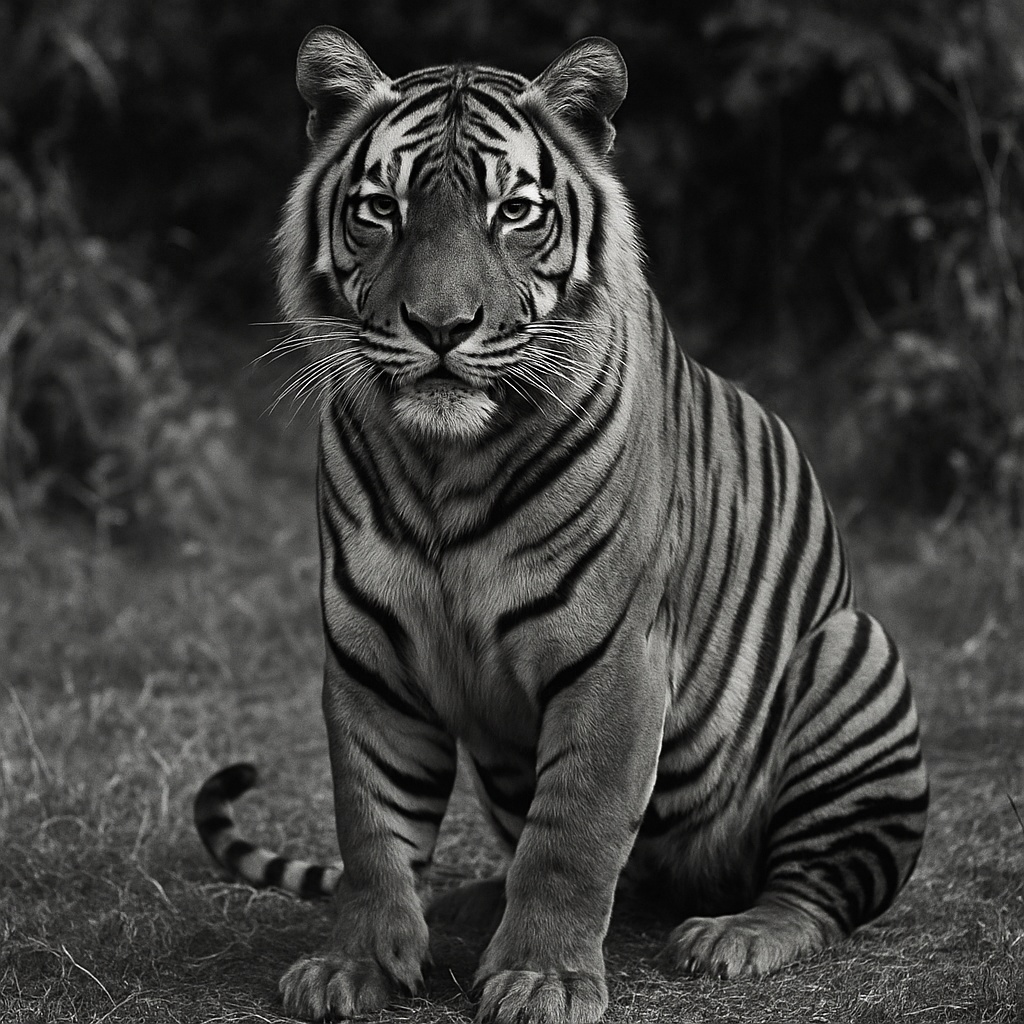
The Bali tiger, one of the smallest tiger subspecies, was native to the Indonesian island of Bali. It was driven to extinction by the 1940s due to hunting and habitat destruction caused by agricultural expansion. The disappearance of the Bali tiger is a poignant example of how human development can encroach upon the habitats of even the most formidable predators. Its extinction underscores the need for conservation efforts that balance ecological preservation with economic growth.
In contemporary times, the Sumatran tiger faces similar challenges. With fewer than 400 individuals remaining, it is critically endangered due to poaching and habitat loss. Conservationists are working to create protected areas and implement anti-poaching measures to ensure the survival of the Sumatran tiger. The story of the Bali tiger serves as a cautionary tale about the consequences of neglecting the needs of wildlife in the pursuit of progress.
